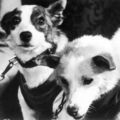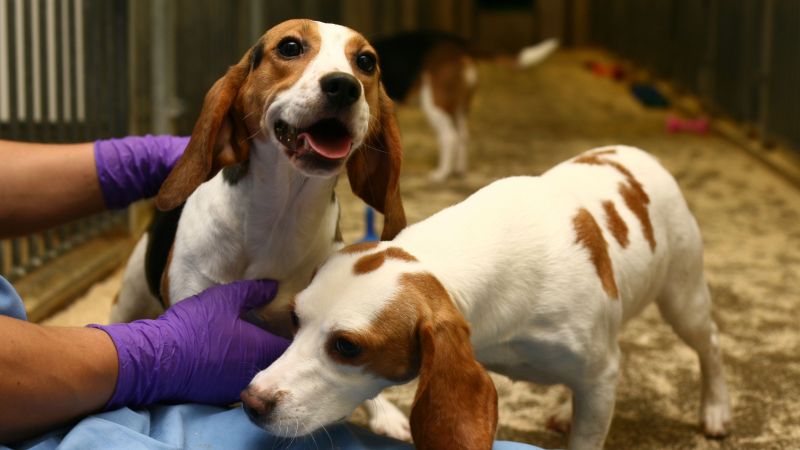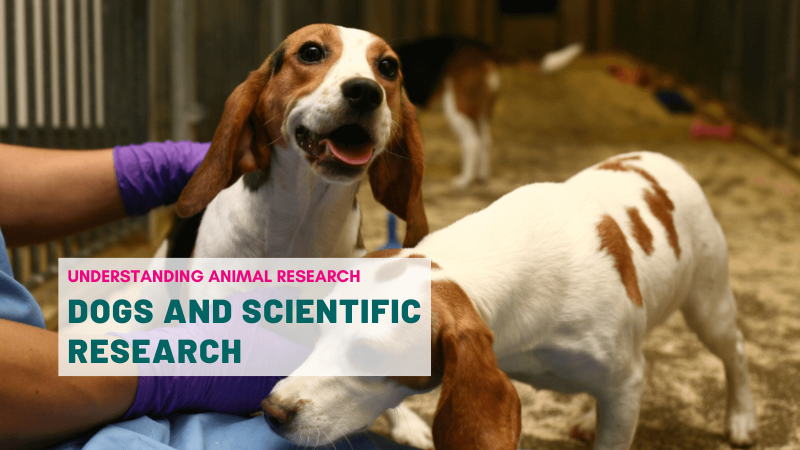 AUGUST 20, 1960: MOSCOW The Soviet Union today launched its second cosmic space ship, the Soviet news agency, Tass, said. The space ship carries animals, including two dogs. The main purpose of the launch, Moscow Radio said, 'is the further development of a system to support man’s life in space'. The dogs placed into orbit today were called Strelka (Little Arrow) and Belka (Squirrel). The broadcast did not say whether Soviet scientists would try to recover the animals in the new satellite, or whether they were doomed to die in orbit. The earth’s first artificial satellite with a living thing aboard – the dog, Laika – was fired into orbit by the USSR in 1957.
AUGUST 20, 1960: MOSCOW The Soviet Union today launched its second cosmic space ship, the Soviet news agency, Tass, said. The space ship carries animals, including two dogs. The main purpose of the launch, Moscow Radio said, 'is the further development of a system to support man’s life in space'. The dogs placed into orbit today were called Strelka (Little Arrow) and Belka (Squirrel). The broadcast did not say whether Soviet scientists would try to recover the animals in the new satellite, or whether they were doomed to die in orbit. The earth’s first artificial satellite with a living thing aboard – the dog, Laika – was fired into orbit by the USSR in 1957.
Unlike Laika, Belka and Strelka survived. The unfortunate Laika had died when Sputnik-2’s temperature control system malfunctioned on her fourth orbital circuit, although some sources say the dog died of fright just after take-off. The Soviet leadership continued to tell the world for a week that the dog was 'feeling well,' but after a week they admitted that Laika only had enough food and oxygen to live for 10 days and that the spaceship would not return. They reported that Laika was 'put to sleep'. The public was outraged.

A total of 29 space flights with dogs were made between July 1951 and June 1960. The successful space flight by Belka and Strelka set the scene for the first manned flight by Yuri Gagarin in April 1961. At one of many events he attended after his return to Earth, Yuri Gagarin joked 'I'm not sure if I was the first man in space or the last dog.' Conditions were apparently far from ideal.
Dogs were the preferred animal for the experiments because scientists felt dogs were better suited to endure long periods of inactivity. As part of their training, they were confined in small boxes for 15–20 days at a time. Stray dogs were chosen because it was felt they would be able to tolerate the rigours and extreme stresses of space flight better than other dogs. Female dogs were used because of their temperament and because the suit to collect urine and faeces had a special device designed to work only with females.
Such conditions for experimental animals would surely not be allowed 50 years on. A Russian feature film called Belka and Strelka. Star Dogs was released earlier this year. An animated film: no dogs were harmed in its making, then.
Last edited: 7 April 2022 13:20



